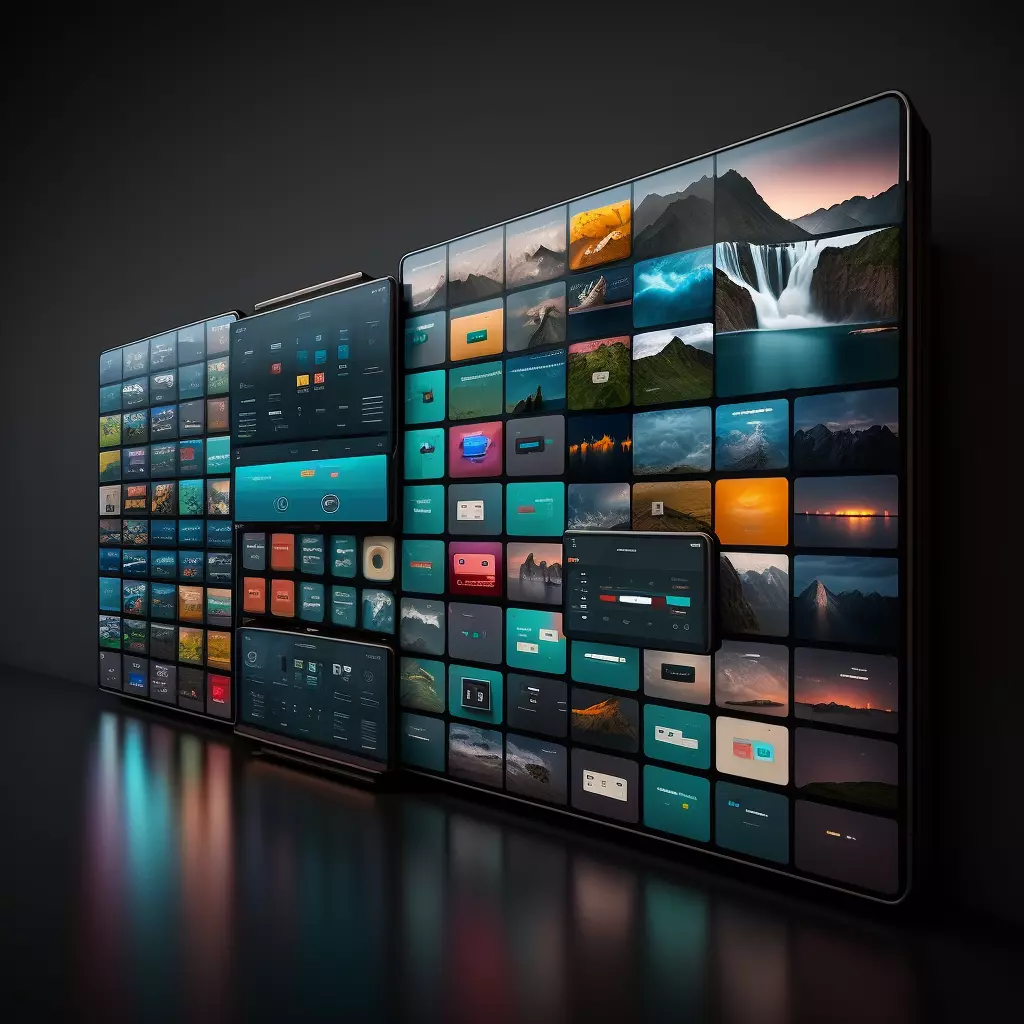IPTV, or Internet Protocol Television, is revolutionizing how we consume media by delivering television content over the internet rather than through traditional broadcast methods like cable or satellite. Unlike traditional TV services, which transmit signals via radio waves, coaxial cables, or satellite dishes, IPTV uses internet protocols, allowing for on-demand streaming and live broadcasts through broadband connections. This shift from broadcast TV to IPTV offers significant advantages, including flexibility, a broader range of content, and user control over what to watch and when. One of the key benefits of IPTV is its ability to offer on-demand services, giving viewers access to a vast library of content at their fingertips. This is in contrast to traditional TV, where viewers are tied to scheduled programming. IPTV also enables the integration of interactive features, such as pause, rewind, and fast-forward options, something that is becoming standard in streaming services.

Another notable feature of IPTV is that it can be viewed on multiple devices not just on your TV, but also on smartphones, tablets, and computers, making it extremely versatile. Users can enjoy high-definition content from anywhere as long as they have an internet connection. There are three main types of IPTV services – live television, video on demand VOD, and time-shifted TV. Live television functions similarly to traditional broadcast TV but streams via the internet. VOD services, like Netflix or Amazon Prime, allow users to watch any content at any time, providing extensive flexibility. Time-shifted TV, on the other hand, enables users to watch shows they missed by allowing them to rewind or restart programs that have already aired. IPTV is rapidly growing in popularity due to the shift toward cord-cutting, where users opt for internet-based services instead of conventional cable subscriptions. This trend is driven by the increasing availability of high-speed internet and advancements in smart devices, both of which make it easier for consumers to switch to IPTV.
As a result, more internet service providers and telecom companies are integrating IPTV offerings into their portfolios, recognizing the potential of this growing market. However, like any technology, IPTV has its challenges. Buffering or interruptions can occur if the internet connection is unstable or slow, and the service often depends on the bandwidth available. To address these issues, many iptv uk providers use content delivery networks CDNs and other advanced technologies to optimize streaming performance and reduce latency. Additionally, while IPTV is more cost-effective than cable for some, it often requires a subscription to an internet service provider and a separate subscription to the IPTV service itself. Despite these drawbacks, IPTV’s ability to personalize the viewing experience, offer access to vast libraries of content, and provide cross-device compatibility makes it a strong contender in the future of television. With the world moving toward more digital, on-demand services, IPTV represents a significant step in the evolution of media consumption.
